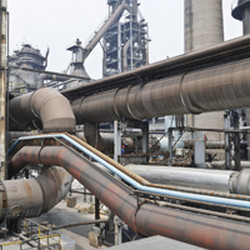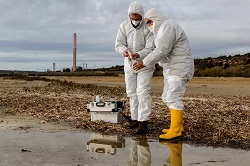Shake it loose
Fouling deposits can occur in industrial process pipes and domestic pipelines. These deposits are difficult to avoid and pose significant problems. The formation of fouling inside pipes can cause chemical reactions leading to significant operational problems. Effects on the pipe may include corrosion, blockage and, in extreme cases, rupture or deformation. Another concern is that the product carried in the pipe may become contaminated by microorganisms such as bacteria, fungi and algae. Ultrasonic detection and removal of fouling inside industrial and domestic pipes (ULTRACLEANPIPE)(opens in new window) was an EU-funded project that took an old idea used mainly in immersion tanks and improved on it. The team developed a method for cleaning components while still in service. This removes the need for acids and other chemicals while reducing the downtime associated with cleaning cycles. The method saves materials and energy, resulting in a more environmentally friendly cleaning process. The developed equipment measures the extent of fouling deposits and removes the deposits ideally as a continuous, in situ system. This system reduces costs to EU consumers and makes the EU industry more globally competitive. The need for vast quantities of cleaning chemicals (acids and detergents) is eliminated, as is the excess energy associated with the existing intensive and environmentally unfriendly cleaning process. ULTRACLEANPIPE technology can be applied to domestic systems. It can de-scale pipes and water heating systems, again saving on maintenance and energy costs on a large scale for the individual consumer. For the purposes of the project, European industrial and academic partners formed a multidisciplinary consortium. They collaborated and reported their findings periodically at conferences and seminars over the course of the project.




